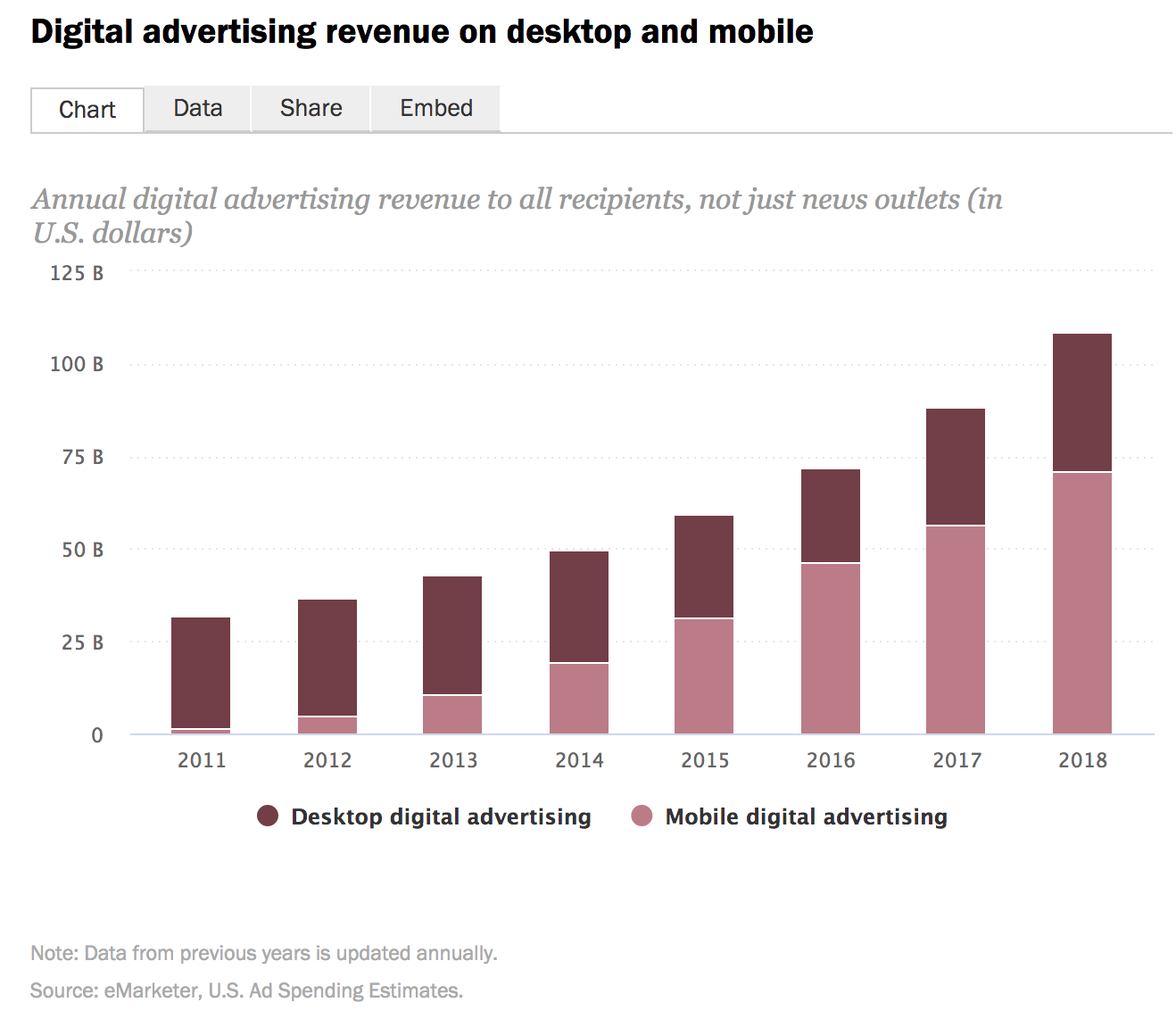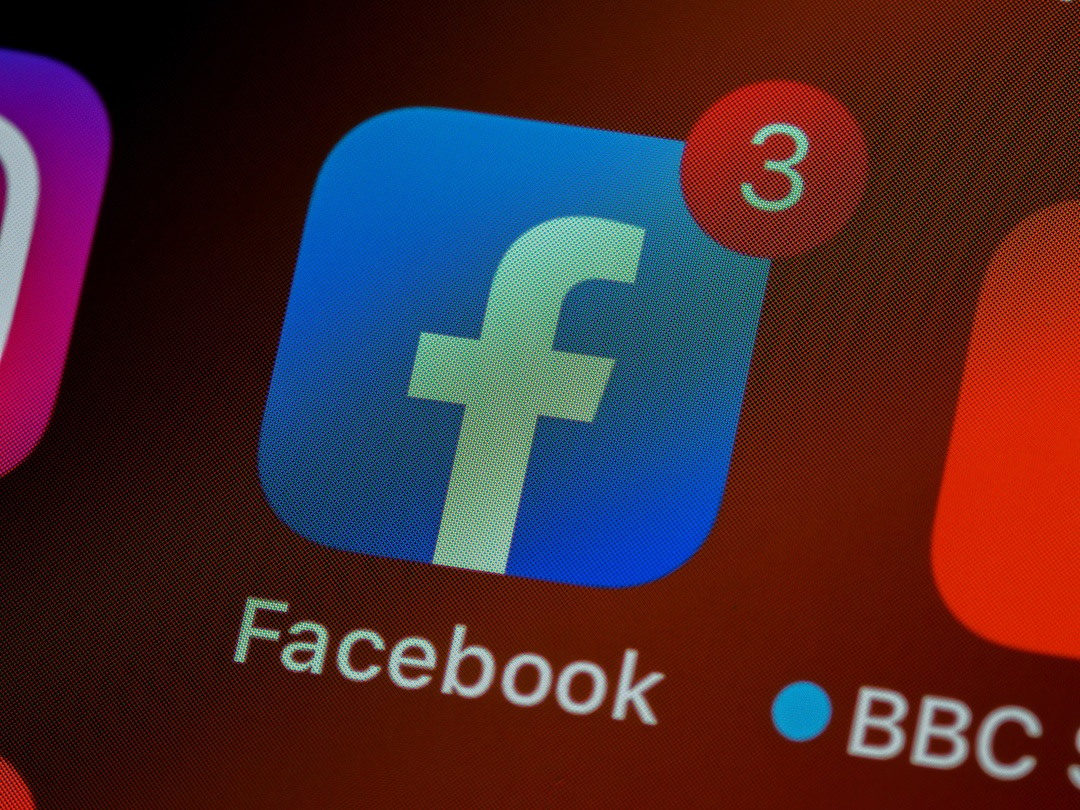A look into how increasing advertising revenue and motivated reasoning can drive polarization in the news sphere.
On any given day, 6 of 10 people would say that the news they receive is biased. As Americans, this phenomenon is widely acknowledged and becomes amplified when you factor in social media. With the onset of the digital age, the ease of news production, and the abundance of information available, the challenge is not whether we receive information but whether we can trust the information we receive.
Why has the news become so polarizing?
News stations have had to adapt to a digital model, relying on advertising revenue to stay afloat. Researchers Gal-or, Geylani, and Yildrim determined in a 2012 study that organizations that relied on a subscription model produced the least amount of news bias. By contrast, organizations with a narrow range of advertisements were more likely to be biased, and organizations with a wide range of advertisements were the most likely to be biased. This is because marketers with a large number of ads could tailor ads and related content to users more specifically, therefore limiting the diversity of information to which individual users are exposed.
Regardless of this bias, the majority of Americans believe that the media plays a crucial role in democracy. When rating various news organizations, Americans make little distinction between bias and accuracy — sources Americans believed to be biased were perceived as inaccurate and vice versa. Perceived bias is also skewed — Americans tend to subscribe to sources that they agree with and believe that the bias exists on the “other side,” from news sources they don’t reference.
Please check your email for instructions to ensure that the newsletter arrives in your inbox tomorrow.
To begin to mend this divide, we need to understand the origins of media bias. In doing so, we can re-establish the trust that the public has lost in the media and reinstate the confidence Americans have in democracy.

Note: The chart above demonstrates the increasing reliance on digital advertising from 2011–2018.
Source: Pew Research
Social media encourages news sources to prioritize engaging content
News sources cater to their viewership. When they can guarantee more views, they can charge more for ad placement.
Over the last 20 years, traffic to news sources has shifted from direct traffic to search traffic and lately to social media. As social media often presents information in snippets, this has amplified the need for that content to be engaging. Engaging content also incentivizes inflammatory content — articles that are polarizing, fake, and “clickbait” in nature. Many new publications have adopted this model, like Buzzfeed, Huffington Post, and Breitbart. This is a constant negative feedback loop — highly trafficked but potentially biased articles get more views and perpetuate ideas that may not be representative of all viewpoints.

Note: The above chart demonstrates the shifting nature to social traffic for publishers from 2011 to 2017.
Source: Business Insider
In addition to optimizing for social media, publishers have had to optimize their content for mobile consumption. This further encourages short snippets of information, often known as “chunking,” with character or carousel limits that prevent varying viewpoints from being shared. Consumer habits and advertising placement operate in correlation — as more people spend time on their phones, more advertisements are targeting mobile audiences. Because more information is being shared on mobile platforms, more people are drawn to their phones.

Note: This chart demonstrates the increasing digital advertising revenue over time.
Source: Pew Research
Motivated reasoning impacts the way we view the news
A world reliant on engagement further promotes bias because people are more likely to engage with an article that supports their viewpoints. Peter Ditto, a social psychologist at the University of California, Irvine, who studies how motivation, emotion, and intuition influence judgment, called this phenomenon “motivated reasoning.”
“Motivated reasoning is a pervasive tendency of human cognition,” says Ditto. “People are capable of being thoughtful and rational, but our wishes, hopes, fears and motivations often tip the scales to make us more likely to accept something as true if it supports what we want to believe.”
When we come across an article that aligns with what we already believe, we’re likely to share it, bringing further traction to the news source. When an article does not align with our viewpoints, we’re more likely to critique it — whether that be fact-checking or finding flaws in the argument. On a larger scale, this is what makes alternative facts possible, because what’s believed to be true is amplified for different audiences, establishing disparate realities.
Please check your email for instructions to ensure that the newsletter arrives in your inbox tomorrow.
How do we navigate a news industry that promotes bias?
The news sphere has had to adapt to the digital world in ways that are not ideal. Since 2000, we’ve seen shrinking newsrooms and the expansion of 24/7 broadcast television coverage. Lately, many independent journalists are leaving sources to publish their own content on Substack, an online platform for subscription newsletters. As news organizations continue to struggle to stay afloat while relying on revenue models that promote polarization, we may be increasingly susceptible to flawed and biased reporting.
So — how do we fix it? As consumers, we’re often likely to adapt to the least barrier to entry, intaking information that aligns closely with our pre-existing schemas. However, the only way to challenge those beliefs is to consciously consider viewpoints that differ from our own, however uncomfortable that may be. Before passing judgment on an issue, we need to take a step back to consider our own biases, look at other perspectives, and consider the context of the article at hand.
This process is time consuming but important as we make life-changing decisions based on our beliefs. To help readers, we curate articles from different viewpoints and a conceptual long-read on each day’s most pressing topics in our daily newsletter at thefactual.com. The process of being informed is arduous, but we hope to make it as easy as possible to consider other viewpoints and make up your own mind.

